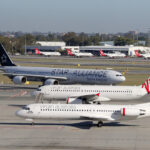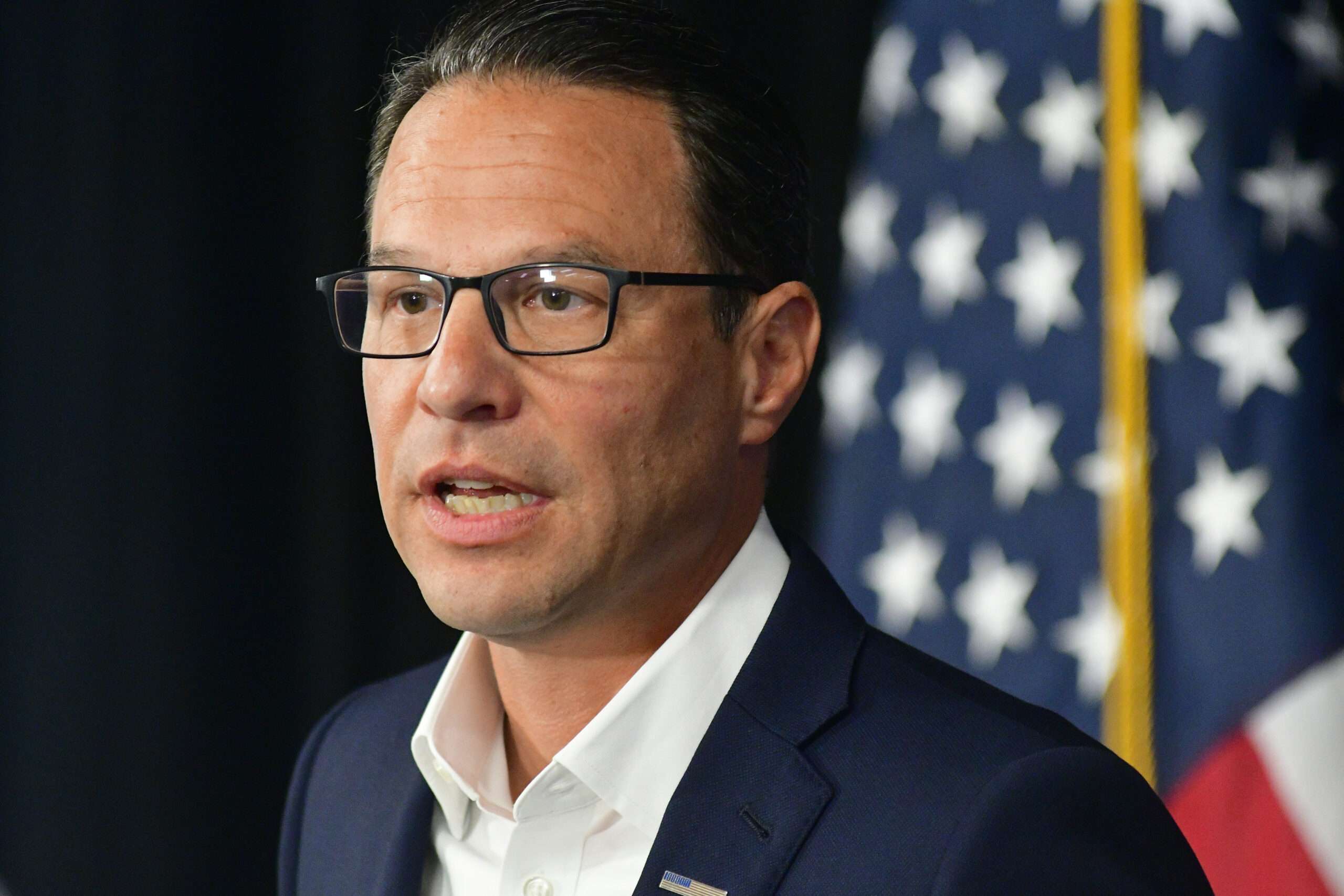Commentary
Over the past few years, the jobs report released by the Bureau of Labor Statistics (BLS) has become a fascinating statistical puzzle. It’s like trying to follow a bean under a shell at a carnival—it moves so fast, it’s hard to keep track of.
The bean represents various factors such as last month’s revisions, the different categories of employment status, and the impact of foreign-born workers on native-born employment. The discrepancies between household and payroll surveys have raised red flags, indicating possible errors in the data. Even Federal Reserve Chairman Jerome Powell has acknowledged these issues, though they have been known for some time.
Despite these discrepancies, the unemployment rate has remained relatively low, preventing the declaration of a recession in the first two quarters of 2022. However, recent data shows a rise in the unemployment rate to 4.3 percent, signaling a shift in the trend towards a potential recession.

This rise in unemployment rate aligns with the criteria for a Sahm recession, named after economist Claudia Sahm. According to this rule, a significant increase in the unemployment rate over a three-month period indicates an economic downturn. This shift in the trend suggests trouble on the horizon.
Further analysis by E.J. Antoni reveals troubling trends in employment levels and ratios, indicating stagnation and disparities between native-born and foreign-born employment. These findings underscore the underlying weaknesses in the labor market, contradicting mainstream media narratives of a robust job market.
Recent adjustments to inflation calculations have also revealed significant discrepancies, further pointing towards economic vulnerabilities. The data paints a stark picture of economic fragility that can no longer be ignored.
Overall, the labor market has shown signs of strain for years, and recent data confirms these concerns, highlighting economic weaknesses that mainstream narratives have downplayed. Additionally, adjustments to inflation calculations have revealed a more accurate picture of economic challenges ahead.
Airline prices are often advertised as flat, but in reality, once you factor in all the additional baggage and seating fees, the true cost can be much higher.
An analyst mentioned privately that further adjustments could potentially drive the inflation rate to 150 to 200 percent over the span of four years.
When considering these numbers against output, which has been experiencing minimal growth, it becomes evident that the recession has been ongoing for four years and is worsening. It is likely that we are approaching a point where denial is no longer feasible.
The Federal Reserve faces a dilemma in trying to combat this issue. While it may want to lower rates to address the situation, doing so could potentially reignite inflation. Despite this risk, the Fed may still choose to proceed with rate cuts. If this is the case, we could be transitioning from the initial wave of economic challenges into a second wave.
Please note that the opinions expressed in this article are solely those of the author and do not necessarily reflect the views of The Epoch Times.
Source link






